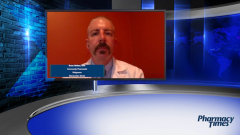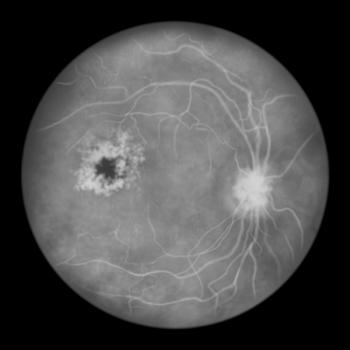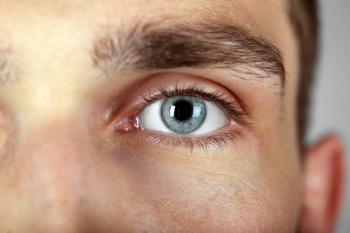
Prescription Treatments for DED
The panel discusses the possible prescription treatments for dry eye disease.
Episodes in this series

Lisa M. Nijm, MD, JD: For a lot of people, though—and this is part of the reason that I think we have so many patients who are undiagnosed or underdiagnosed—it’s that they aren’t receiving actual medication treatment for the dry eye. We have so many more options now for treatment of dry eyes, especially one of my most recent ones that I’ve been so excited to use, Eysuvis, because it’s the first FDA-approved dry eye treatment for short-term treatment of dry eye signs and symptoms, and it’s just a 2-week course, 4 times a day. Those are options patients should be given the opportunity to have and to be able to utilize, rather than having them go through 2, 3, 4 artificial tears that are not going to solve the underlying problem because they’re not going to break that inflammatory cascade and will delay them getting care. That’s what happens when they come in.
Brian Walker, RPh: Dr Nijm, how would you help us frame a timeline to help guide the patient in seeing you? What do you recommend?
Lisa M. Nijm, MD, JD: It depends on what their symptoms are, how severe they are, and how long they’ve had them. If this is the first time they’re coming in, and they feel like there’s some dryness because they’ve been working on the computer more, as we all have recently, then yeah, it’s certainly reasonable. Pick up an artificial tear, and try it; aim for 2 to 4 times a day, and see how you do. If they’ve tried 1, 2, or 3 artificial tears, and they’re still having symptoms when it’s been more than a few weeks, then I would encourage them [to come in]. If it’s bothering them, I would encourage them to get seen because we have so many more options that we can utilize beyond artificial tears.
As a medical community, I think we have to start embracing what we have. Before, there were very limited options for treatment of dry eye disease, and I think that’s where artificial tears became our mainstay. Then we got Restasis, which was great, but that was it for the longest time. Those were the 2 things that we had. If those didn’t work for you, then you didn’t have more pharmacological treatments that were available. We’ve evolved so much with Xiidra, Eysuvis, and with what we understand about the pathophysiology of dry eye and the underlying inflammation that if patients have a lot of symptoms and have tried 1 or 2 artificial tears and aren’t getting relief, then they should be seen.
Monazzah Akbar Sarwar, PharmD: Dr Nijm mentioned Restasis, which is cyclosporine. There’s also Cequa, which is cyclosporine, but it’s a higher concentration. That’s another one that’s more recently on the market which that has the same anti-inflammatory properties as Restasis. What I’ve seen with dry eye is that there’s a lot of mixing and matching because of the limited amount of prescription treatment options that are available. You have to figure out where your corticosteroids might come in. You have your softer steroids that can be used for that, and then you’ve got other things like antibiotics, and those will help to decrease the number of bacteria that break down that lipid layer of the tear film—not only topical antibiotics, but also oral antibiotics like doxycycline because it has shown anti-inflammatory effects.
There are others. We’ve talked about topical in terms of instilling drops, but Lacrisert is an ophthalmic insert that’s also used. It comes with a device that helps you insert Lacrisert inside your eye, and then it dissolves and offers continuous lubrication throughout the day. The other thing that’s opened a whole other world in terms of options for patients is sterile ophthalmic compounding. Things like methylpred preservative-free is something that would have to be compounded for a patient, as well as Serum Tears. Serum Tears is where a patient has to get their blood drawn and bring it to the compounding pharmacy. Based on the concentration that the provider has indicated on the prescription, it’s formulated in the end as an eye drop for the patient. I know a lot of patients have found relief using Serum Tears in addition to being on a couple of other things. It’s never just one thing that works, it feels like. There has to be a cocktail for the patient based on their case. It’s very case- and patient-specific.
Transcript edited for clarity.
Newsletter
Stay informed on drug updates, treatment guidelines, and pharmacy practice trends—subscribe to Pharmacy Times for weekly clinical insights.








